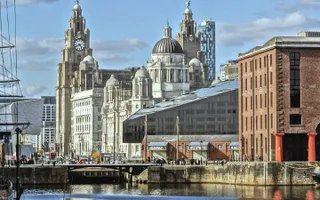Becoming part of a permanent collection
The acquisition follows a public consultation, in partnership with the Tower Hamlets Council and landowners Canal & River Trust, which concluded that the statue should be housed in a museum where it can be fully contextualised.
The controversial landmark, based outside No.1 Warehouse since 1997, was detached from its plinth after a petition signed by over 4,000 people called for it to be removed from public view. It followed the Black Lives Matter and George Floyd protests that led to the toppling of the Edward Colston statue in Bristol in June 2020.
The Museum of London Docklands, one of only three museums in the UK to address the history of the transatlantic slave trade, will now take possession of the statue as part of its collection. It will be held in storage whilst the museum consults further with local communities about how best to present it.
The statue has been given to the Museum of London by the Trust and becomes part of its permanent collection from March 2022. A decision has yet to be taken on the statue's plinth, which remains at West India Quay.
Consultation about the future of the Statue
The consultation in 2020, which sought views on the future of the statue, its plinth and the area's historical relationship to slavery, found that 76% of people were in favour of the statue being presented in an exhibition. 43% believed it should be moved into storage at the museum and 15% said it should be kept permanently out of public view.
Those in favour of keeping the statue on display suggested that it be shown with context about Milligan's involvement in the creation of the docks, his links to the slave trade, and the recent Black Lives Matter movement.
For additional information please see the detailed results of the consultation.
For further information, please visit the Museum of London's website.





